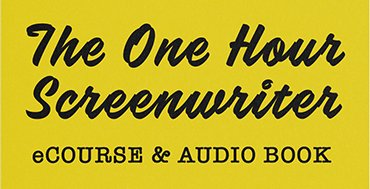Creating a New Character: Backstory


When something is revealed is as important as what is revealed. Layer your exposition like an onion— let each successive layer bring us closer to your character’s essential inner core. Let the audience experience the backstory bit by bit as it becomes relevant to an urgent present situation.
Let’s say a character comes from a very wealthy background. What does it say about a character if this is something the character reveals immediately upon meeting another person? What does it say about the character if this information is withheld until the middle of a relationship and the character knows the person well? What does it say about the character if this information is withheld until the end of a relationship? When and how a character reveals information is a defining aspect of the character’s personality.
Before revealing a character’s past ask: Why does the character need to reveal this information now? What critical or pressing situation demands the backstory be revealed at this precise moment? Is the exposition revealed to someone for whom this is new information? Is the information revealed through some kind of conflict? Is the exposition active and urgent? Is it surprising? Is it unexpected? What circumstances make the past somehow vital, critical or necessary to the immediate situation at hand?
What is the least amount of backstory, exposition or explanation that the audience needs to understand the story now? Cut this material to the bone. How can the past be made more alive or active by something that happens in the present? How does the past have immediacy for your character? Can your reveals be delayed to have a greater impact?
Be especially careful when using flashbacks. A flashback takes the audience out of the intimacy and immediacy of the present situation and reminds them they are watching a television show or movie. Although flashbacks can be effective in some cases, they are very expensive emotionally. Make sure your story can afford them. Is the flashback absolutely necessary? Is it active? How does it increase the pressure, stress or conflict in the present moment?
An audience is most interested in “what happens next.” Audiences are much less concerned about “what happened previously.” Don’t deflect or deflate audience interest by long digressions into the past or long explanations of how a character got to where he or she is right now.



Create a visual map for a character’s emotional journey. Pull stories from character rather from rote story structure beats. Some of the largest international media companies, use this in story and character development.


A clear concise guide for writers and producers to have by their side as they embark on a project. It gives a really vital reminder of what is key for story success.

No comment yet, add your voice below!